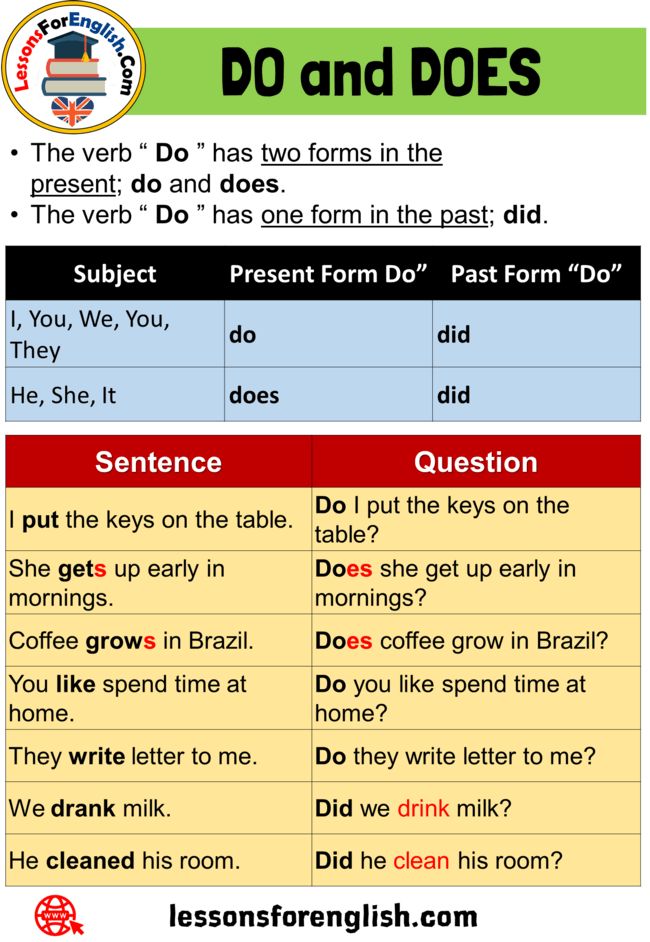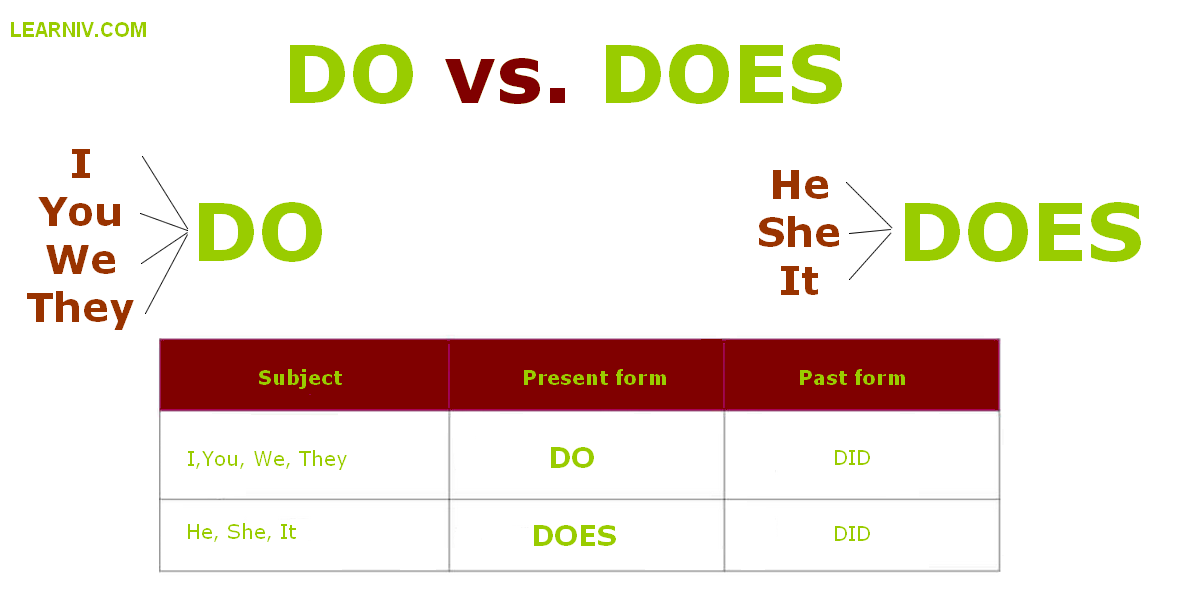Delivering Bad News with Clarity and Care: A Practical Playbook with Positive Examples
Why the way you deliver bad news matters
Sharing unwelcome information can erode trust if handled poorly, but a clear and compassionate approach preserves relationships and creates momentum toward solutions. Evidence-based frameworks from workplace communication and healthcare show that clarity, empathy, and structured next steps reduce defensiveness and improve outcomes [1] [2] . This guide gives you a practical blueprint, positive wording examples, and step-by-step actions for professional, customer, and personal contexts.
Core principles: When delivering bad news, it is important to…
Across contexts, several principles consistently help: choose the right medium and setting; communicate the context before the decision; be clear and concise; show empathy without overpromising; invite questions; and end with concrete next steps. Research-informed guidance recommends matching the seriousness of the message with a more personal medium, explaining reasoning to reduce defensiveness, and focusing on the future to channel energy toward action [1] . In workplaces, preparation, honesty, clarity, reassurance, feedback loops, and follow-through help sustain trust and psychological safety [3] . In healthcare, patient- and family-centered communication, checking understanding, and using protocols are linked with higher satisfaction and better comprehension [2] .
A 7-step structure for difficult conversations
This structure blends best practices used by leadership communication experts and clinical protocols, adapted for business and everyday use. It aims to balance empathy with clarity while keeping momentum toward solutions.
1) Choose the right medium and timing
Select the most human medium your situation warrants. Serious, identity-impacting, or high-stakes news should be shared face-to-face or via live video/phone; lower-stakes updates can be delivered via email. Poor medium choice can signal avoidance and harm credibility. Schedule when the recipient can process and ask questions, not at the end of a long day or right before a major deadline, whenever possible [1] [3] .
Example:
Don’t email a compensation decision; meet live. A minor shipping delay can be emailed. Provide a private, interruption-free space and adequate time for questions.
2) Open with rapport and purpose
Set a respectful tone and state the purpose succinctly. Brief appreciation or acknowledgment can prepare the listener, but avoid long windups that create anxiety. Keep the opening neutral and humane [4] .
Example phrases:
“Thank you for meeting with me. I want to discuss the Q3 project timeline and some impacts we’ve identified.”
3) Provide context before the decision (past → present → future)
Explain the relevant background and constraints first, then the decision, then what happens next. This “past, present, future” flow reduces defensiveness and helps the recipient integrate the news logically. It is less jarring than leading with the headline alone and makes you appear transparent and prepared [1] .
Example:
“We evaluated the supplier change and the impact on safety testing (past). The tests require an additional 10 business days (present). Here’s our adjusted schedule and mitigation options to protect customer commitments (future).”

Source: globalpositivenewsnetwork.com
4) Deliver the news clearly and concisely
Say the core message plainly, without jargon or hedging. Clarity avoids confusion and rumor, while brevity shows respect. Pair the headline with a brief rationale to help the listener make sense of it [4] [3] .
Example phrase:
“The role is being eliminated effective May 31 due to the restructuring. This is not a reflection of your performance.”
5) Show empathy and validate reactions
Demonstrate understanding without overpromising or centering your own feelings. In patient- and family-centered settings, tailor delivery to the person’s needs and check understanding. Avoid an emotion-centered approach that overwhelms with sympathy while obscuring information. Invite questions and pause to listen [2] .

Source: j-ansite.weebly.com
Example phrases:
“I can see this is frustrating.” “It makes sense you’d be disappointed.” “I want to answer your questions.”
6) Offer options, support, and next steps
End with actionable pathways. Provide specific alternatives, resources, timelines, and points of contact. In customer contexts, share remedies like expedited options or credits; in team settings, outline transition plans; in clinical contexts, discuss care plans and follow-up. Clear next steps help recipients regain a sense of control [4] [3] .
Example:
“We can ship partial units Friday or upgrade to express at no cost. Which works best for your launch?”
7) Follow through and check back
Close with a recap of agreed actions and timelines, then deliver exactly as promised. Follow-through cements credibility and calms uncertainty. A brief check-in later can surface unresolved questions and demonstrate commitment [3] .
Positive framing examples you can adapt
Positive framing does not mean sugarcoating; it means using language that preserves dignity and focuses on agency and next steps. Tailor tone to the recipient’s psychology and locus of control so your message lands constructively [5] .
Project delay to a client
Clear statement: “The compliance review requires 10 more business days.” Rationale: “This ensures your product meets the new standard.” Options: “We can deliver a tested MVP next week for feedback, or shift the launch with express QA to preserve quality.” Commitment: “I’ll send the revised plan by 3 p.m. today and stay available for adjustments.” [4] [1]
Budget cuts to a team
Clear statement: “Our discretionary budget is reduced by 15% this quarter.” Rationale: “Revenue softness requires prioritization.” Options: “We’ll protect core initiatives by pausing travel and deferring two tools. Let’s co-create a ranking and propose alternatives.” Support: “Questions are welcome; we’ll review impacts in Friday’s standup.” [3]
Role elimination
Clear statement: “Your position is being eliminated effective May 31.” Empathy: “I know this is difficult news.” Support: “We will provide severance details today, resume support, and internal referrals. I’ll be available for references.” Next steps: “HR will meet you at 2 p.m. with documentation and options.” [3]
Healthcare diagnosis (adapted from patient-centered protocols)
Setup: Ensure privacy, ask what the patient already knows, and what they want to know. Delivery: “The biopsy shows [diagnosis].” Empathy and check: “I can imagine this is hard to hear. What questions do you have?” Plan: “Here are treatment options, and we’ll schedule follow-up to support you and your family.” [2]
Step-by-step implementation guide
Preparation (before the meeting)
– Write your headline in one sentence; confirm it’s clear and accurate. – Map the “past, present, future” narrative and gather any necessary data or documents. – Anticipate top five questions; prepare honest, non-speculative answers. – Decide remedies or options you can genuinely offer; align with policy or leadership. – Choose the appropriate medium and book sufficient time and a private space [1] [3] .
Delivery (during the meeting)
– Open with purpose and context, then deliver the news clearly. – Pause. Allow emotion. Reflect feelings succinctly and respectfully. – Offer options and next steps; confirm decisions and ownership. – Invite questions and summarize agreements before closing [4] [2] .
Follow-through (after the meeting)
– Send a brief recap with timelines, owners, and resources. – Execute promised actions quickly; update proactively if anything changes. – Schedule a check-in to address lingering concerns and reinforce support [3] .
Common challenges and how to handle them
1) Fear of emotional reactions
Challenge: Worry about tears, anger, or silence can lead to avoidance or overtalking. What helps: Prepare empathetic statements; pause after delivering the news; validate feelings; return to choices and next steps. Patient-centered research emphasizes checking understanding and aligning to needs rather than flooding with sympathy [2] .
2) Overexplaining or sugarcoating
Challenge: Long windups and euphemisms create confusion or mistrust. What helps: Deliver a crisp headline, then explain briefly; avoid jargon; confirm understanding. Customer guidance stresses clarity and directness to prevent alienation [4] .
3) Choosing the wrong medium
Challenge: Emailing serious news can seem evasive and damage credibility. What helps: Match seriousness with a live medium; use email for routine updates. Leadership guidance highlights medium choice as a signal of respect and professionalism [1] .
4) Recipient’s sense of control
Challenge: People differ in how much control they feel they have, which affects how they hear bad news. What helps: Tailor language to support agency and decision-making where appropriate, a factor shown to influence how messages land [5] .
Alternative approaches when constraints limit you
– If you must use email: lead with a clear subject, state the news plainly, add one-paragraph rationale, list 2-3 options, and invite a live follow-up. Use the past → present → future structure to reduce shock and direct attention to next steps [1] . – If you lack immediate solutions: acknowledge the gap, share what you are doing to obtain answers, and give a time-bound commitment to update. Workplace guidance emphasizes reassurance and follow-through to maintain trust [3] . – If emotions run high: pause and reflect back what you hear; ask what would be most helpful now; then return to choices and timelines. Patient-centered methods stress tailoring to needs and checking understanding [2] .
Key takeaways
Delivering bad news well means selecting the right medium, using a past → present → future narrative, stating the message clearly, validating emotions, and ending with specific options and commitments. These practices protect relationships, uphold credibility, and help everyone move forward constructively [1] [3] [4] [2] .
References
[1] Sam M. Walton College of Business (2024). How to deliver bad news in the professional world. [2] Lehman et al. (2016). Delivering bad news to patients. Baylor University Medical Center Proceedings. [3] Indeed Career Guide (2025). How to deliver bad news in the workplace. [4] Peaceful Leaders Academy (2025). Delivering bad news to customers with a positive approach. [5] The Jordan Harbinger Show (n.d.). How to deliver bad news (and not be the bad guy).
MORE FROM todayhiring.us













